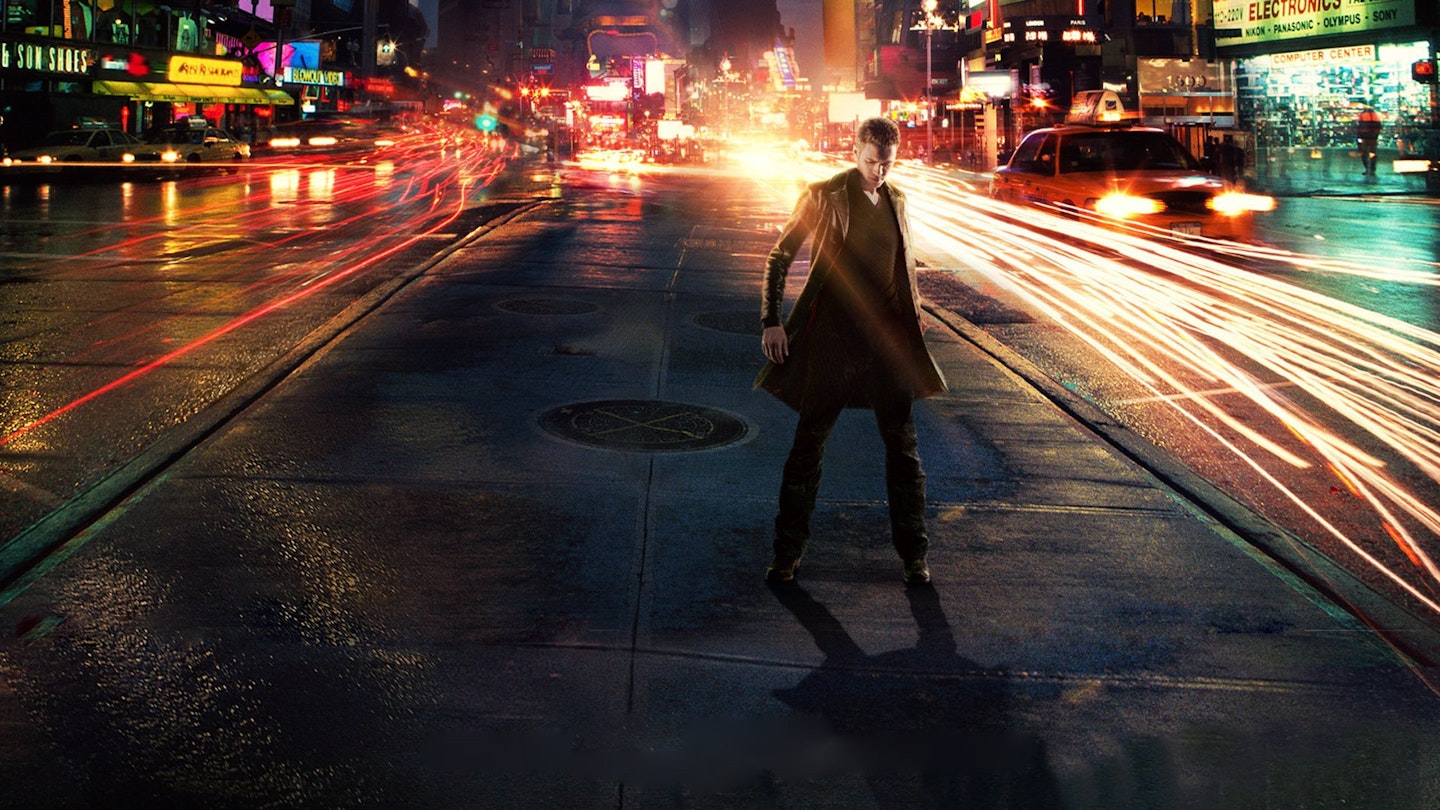Since he became a ‘name’, all Doug Liman movies have arrived under a cloud: one thick with scuttlebutt of over-running shoots, studio arguments and disgruntled (preferably injured) cast and crew. But so far those clouds have always wafted by as the movie turns out to be rather a blast. It happened with The Bourne Identity and again with Mr and Mrs Smith. Liman doesn’t release his creations until he’s good and ready, taking his time and throwing everything at the wall until something good sticks, hence the rumours of trouble. Jumper, though great fun in spurts, is the first of his films not to have benefited from the technique. It is instead a little dizzy.
That it doesn’t fully deliver on its promise is not down to the lack of a good central idea. The premise is bulging with possibility, boiling down to the fact that in our world exist ‘Jumpers’, people who can teleport anywhere, as long as they know what it looks like. They are (apparently) all young, male and handsome, blessed with very low body fat despite never lifting a finger to reach for a remote control. Chasing them are ‘Paladins’, an international band of religious fanatics determined to exterminate all jumpers because only God should have the power to be in all places at once. It’s a simple reason and a believable one. Wars have been fought for less.
Sadly, that’s everything there is to the story. The Paladins catch up with our hero, David (Hayden Christensen) after he’s spent eight years robbing banks, and try to kill him, while he keeps hopping across continents to avoid them. We don’t see much deeper on either side, and Liman and his screenwriters, who have proven themselves able on other projects, can’t conjure a meaty subplot. Samuel L. Jackson’s Paladin chief Roland is a bad guy who struggles to fill out a second dimension, and his employees are nameless goons. David is given some sketchy abandonment issues, which lead to a tacked-on coda, but otherwise he’s a bit of a blank canvas. Rachel Bilson as his spunky love interest and Jamie Bell as Griffin, a more charismatic, anarchic jumper who fills David in on the history of the Jumper/Paladin war, add a much-needed and welcome shot of charm and zest, if not depth.
So, it’s a thin film, but one not without its share of delights. Liman has always been most creative when pointing his camera at two people attacking each other. The jumping effect, meanwhile, is faultlessly executed – a sort of hazy implosion that leaves a sphere of destruction around it – and when Liman finds good use for it, generally involving both David and Griffin, it’s fantastic. In the film’s best sequence, the pair fight for possession of a detonator, a breathless scrap that takes them from pyramids, to a busy freeway, to the Empire State Building. When delighting in its premise in such a way, the movie becomes an absolute joy.
The overall impression Jumper leaves is much the same as the first X-Men movie: there are plenty of good ideas, and enough going on for a satisfying experience, yet nothing catches or coheres in quite the way you wish. In short, this feels like a good prologue to a bigger event. Here’s hoping that, as X-Men did, this leads to a sequel that can lace its precursor’s loose strands into something spectacular.





